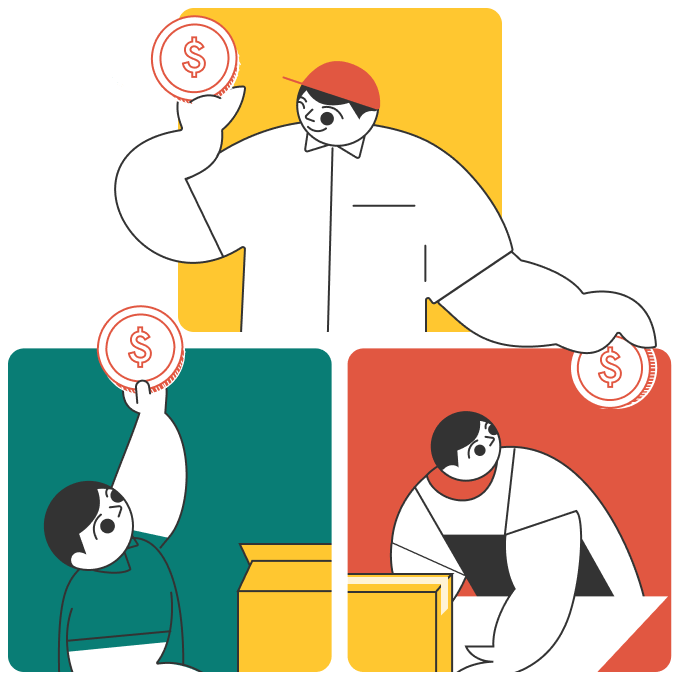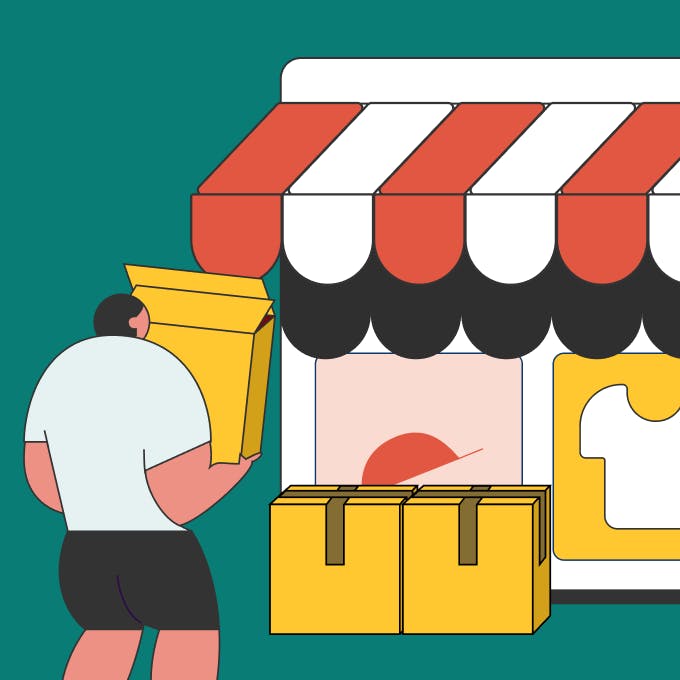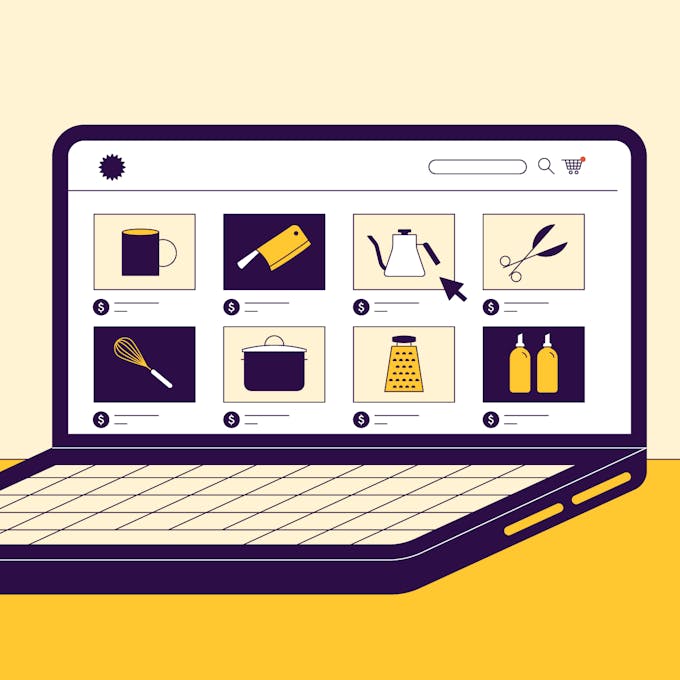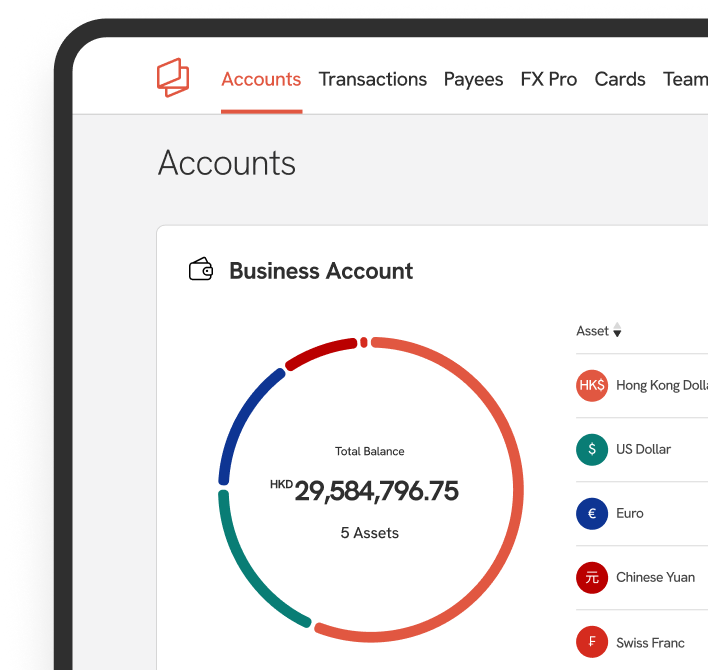Key Takeaways
Both dropshipping and print-on-demand models significantly reduce the overhead costs associated with inventory management and storage, making them attractive options for small to medium ecommerce stores.
While dropshipping offers a wider range of products, print-on-demand excels in customization, allowing for unique, personalized items that cater to individual customer preferences.
Choosing between dropshipping and print-on-demand should be based on factors such as ease of setup, scalability, flexibility, business objectives, available resources, and market demand.
Fluctuating market conditions, changing customer demands, and the need to deliver customized experiences are some of the many challenges ecommerce businesses deal with regularly.
Overcoming these challenges often comes in the form of increased costs for additional storage, inventory management, and repurposing unsold stock.
These additional costs can make it difficult for small to medium ecommerce stores to remain competitive and profitable while delivering great customer experiences.
This is where dropshipping and print-on-demand, two unique ecommerce fulfillment models come in.
These two business models allow ecommerce stores to provide their customers with a wide variety of products without maintaining a large inventory, reducing their overhead costs.
For example, consider an apparel store that sells designer t-shirts. By leveraging dropshipping or print-on-demand, they can offer a huge catalog without dealing with the complexity of warehouse management or risking unsold stock.
Furthermore, they can rely on billing workflows like Configure Price Quote (CPQ) to charge their customers based on what they individually order.
In this article, let's take a closer look at these two business models and compare the pros and cons of dropshipping vs print-on-demand to help you make the right choice between the two.
Understanding the Dropshipping Business Model
The dropshipping model allows the ecommerce business to offer a variety of products without physically owning any inventory.
Here, when a customer places an order from your ecommerce store, you forward that order to your third-party dropshipping supplier, who ships the product directly to your customer.
For example, consider you own an online store specializing in camping gear. With a dropshipping store, you don't need to maintain a warehouse filled with tents, sleeping bags, and camping stoves. Instead, upon receiving an order for a tent, you purchase that tent from your dropshipping supplier, who then ensures its delivery straight to your customer.
Pros of Dropshipping
- Lower upfront costs: This business model eliminates the need for an initial stock investment. For instance, if you wanted to start an online bookstore, you wouldn't need to purchase thousands of books. You only pay for a book when a customer orders it.
- Wide range of products: You can offer a variety of products without worrying about inventory space. Suppose you run a home décor website. Leveraging dropshipping will allow you to sell everything from rugs to table lamps to wall art without needing a large warehouse to store these items.
- No warehouse requirements: As you don't need to keep a stock of the same products that you're selling, there's no need for storage space, which cuts costs related to inventory maintenance.
Cons of Dropshipping
- Thinner profit margins: Because you're not buying in bulk, the cost per item charged by your demand suppliers is usually higher. For instance, if you're selling designer handbags priced at $80, your supplier might charge you $70 per bag when ordered individually.
- Shipping challenges: Since the supplier handles the fulfillment, you have limited control over delivery times, shipping costs, and packaging quality. If a customer's order is delayed or arrives damaged, it can negatively affect your business reputation, even though it's not directly your fault.
- Dependence on third-party suppliers: Dropshipping companies' success depends on the quality control of their suppliers. If they run out of stock or their product quality decreases, it will impact your sales and customer satisfaction. For example, if you're selling handmade soaps and your supplier suddenly discontinues a popular scent, you'll have to disappoint customers who are looking for that product.
🔎 Tip: Dive deeper and understand more about what dropshipping is from our article.
Understanding the Print-on-Demand Business Model
An artist looking to sell their art as products like t-shirts, mugs, or books without the need for a warehouse full of inventory may find the print-on-demand business model quite useful.
With print-on-demand, artists can turn their artwork into sellable products, bypassing any upfront inventory costs.
Here's how it works: suppose a customer orders a t-shirt featuring the artist's design from their online store. This order is then passed to a print-on-demand service. The service prints the artist's design onto the t-shirt, takes care of packaging, and ships the item directly to the customer's doorstep.
Pros of Print-on-Demand
- No inventory or upfront costs: For example, if you have a custom t-shirt store, you don't have to pre-print designs or maintain an inventory. Every t-shirt is printed once an order is placed, reducing the risk of leftover stock.
- A high degree of customization: If a customer wants a unique design or a personalized quote on a t-shirt, you can easily provide it, leading to increased customer satisfaction.
- Simplified shipping process: When a customer orders a custom-designed mug from your store, for instance, your print-on-demand partner will take care of printing, packaging, and shipping. This allows you to focus on the creative aspect of running an ecommerce business.
Cons of Print-on-Demand
- Lower profit margins: As compared to traditional retail, the print-on-demand ecommerce business model offers less profit because you are producing units individually. For instance, if you sell custom-designed hoodies, your profits per hoodie might be lower than if you had purchased a large number of hoodies at wholesale prices.
- Limited choices for customers: If your print-on-demand suppliers don't have a particular style or color of a t-shirt, for instance, you can't offer that to your customers.
- Dependence on print provider's service: Your store's reputation depends on the product quality and services provided by your print-on-demand suppliers. If your customer gets a poor-quality print or if the shipment is delayed, it could affect your ratings.
Dropshipping vs Print-on-Demand
Both dropshipping and print-on-demand help ecommerce businesses reduce their inventory management costs while catering to a wider audience's personalized needs. By partnering with dropshipping suppliers or leveraging print-on-demand services, both SMBs and solo entrepreneurs can break into the ecommerce industry with ease.
Despite sharing these common traits, both of them have a few differences. Let's take a closer look at dropshipping vs. print-on-demand based on various aspects:
| Aspect | Dropshipping | Print-on-Demand |
| Operational Model | Here is how dropshipping works: a customer makes a purchase, the retailer orders it from the supplier, and the supplier directly sends it to the customer. | Here, the retailer's role is more hands-on. The customer makes a purchase, the retailer forwards the details to the print provider who prints the design on the product, and ships it to the customer. |
| Product Selection | Dropshipping allows for a wider product range. Retailers can sell anything that their suppliers provide, from electronics to clothing. | Print-on-demand is limited to items that can be custom printed, such as apparel, books, and household items. |
| Customization | Dropshipping offers limited customization options as retailers are dependent on the offerings of their suppliers. | Print-on-demand shines in the area of customization, allowing customers to order unique, personalized items. |
| Profit Margins | Profit margins can be slimmer in dropshipping due to competition and the cut taken by suppliers. | Although print-on-demand also has its costs, the ability to offer unique, customized items can command higher prices, potentially boosting profit margins. |
Deciding Between Dropshipping vs Print-on-Demand for Your Online Store
You need to consider six factors while choosing between the two fulfillment models for your ecommerce store:
1. Ease of Setup
Working with both print-on-demand businesses and dropshipping suppliers is relatively easy to get started with, particularly if you want to sell a limited variety of products.
While making a choice, consider the degree of personalization your audience is looking for. For instance, if you are selling custom-designed apparel, then partnering with a print-on-demand business might be better than working with a dropshipping business.
2. Scalability
You need to ensure that your print-on-demand and dropshipping suppliers can keep up with your customer's demands. In some scenarios, it might be worthwhile to partner with multiple partners, particularly if you want to optimize your shipping costs.
3. Flexibility
Both dropshipping and print-on-demand business models offer varied levels of flexibility based on customer demands and ecommerce trends. For instance, dropshipping is more flexible in managing different volumes of orders while print-on-demand is more versatile when it comes to order personalization.
4. Business Objectives
Do you want to cater to a wide audience or dominate a particular niche?
Answering such questions related to your long-term brand goals will help you make the right choice between dropshipping and print-on-demand. Dropshipping, in general, is great if you want to serve a diverse audience and print-on-demand is great for focusing on one vertical.
5. Resources
Resources refer to the time, manpower, and skillset you have at your disposal. For instance, if you have strong managerial skills, dropshipping might be a better option for you as it involves collaborating with multiple suppliers and partners consistently.
6. Market Demand
This depends on how many orders you receive and what level of personalization your customers expect from your brand. For instance, if you are running an ecommerce gift shop, going with print-on-demand might be a better option for you in the long run.
Wrapping Up
After taking a closer look at dropshipping and print-on-demand, we can conclude that both are effective in helping ecommerce stores expand their range of offerings while increasing personalization and reducing overhead costs.
As per the debate of dropshipping vs print-on-demand, both come with their own set of advantages and limitations. For instance, dropshipping is great if you want to offer a lot of products to your customers and want to scale up quickly.
On the other hand, print-on-demand enables you to personalize your offerings and comes with a simplified shipping process.
While making a choice, it is essential to look at your business's unique requirements and limitations, such as the resources available to you and the market you aim to serve.
FAQs
What are the main differences between dropshipping and print-on-demand?
Dropshipping allows for a wider range of products by forwarding customer orders to suppliers who handle fulfillment. Print-on-demand focuses on customizing items like apparel and household goods, with each order individually printed. Dropshipping is more about product variety, while print-on-demand excels in personalization.
How do dropshipping and print-on-demand reduce overhead costs for ecommerce stores?
Can I offer personalized products through dropshipping?






